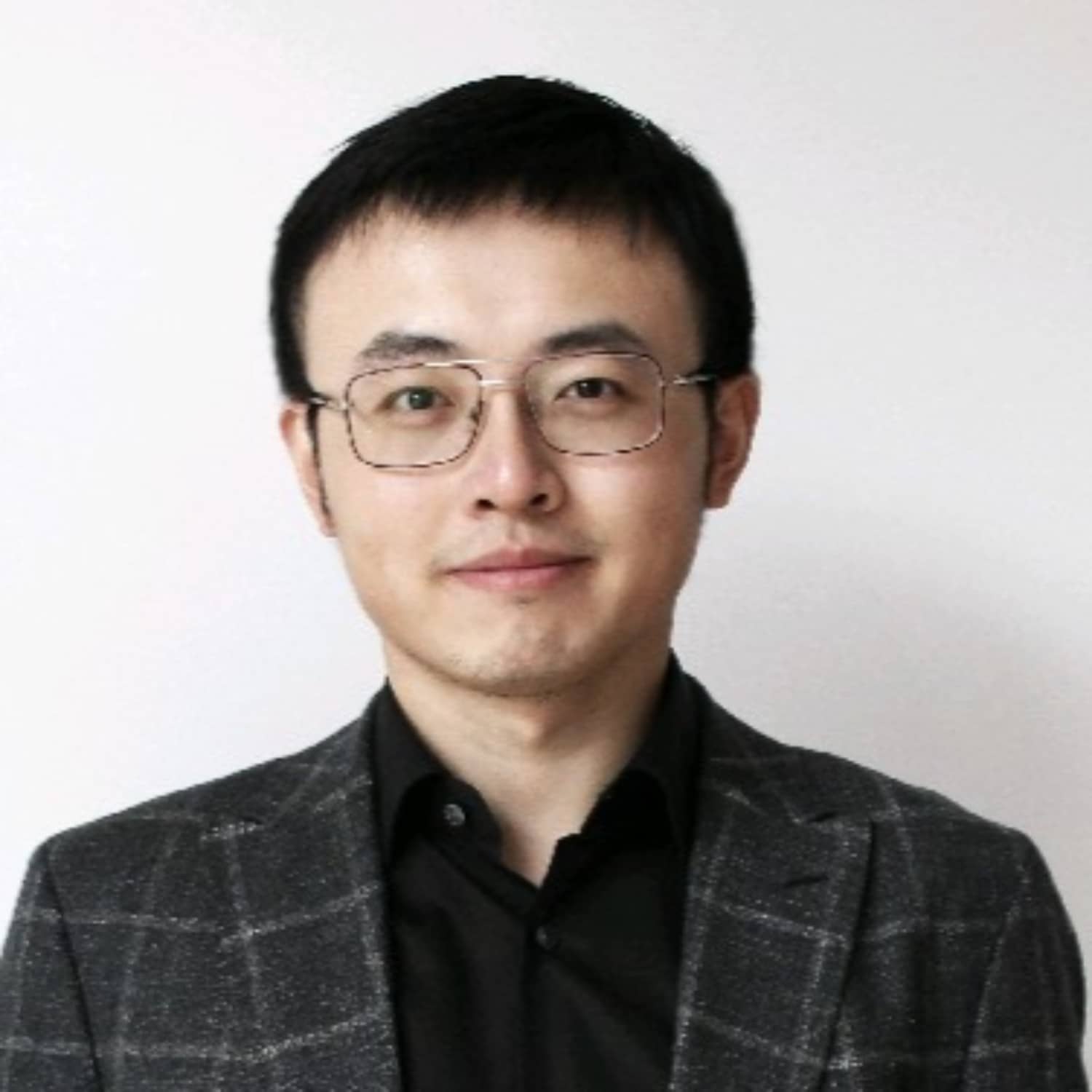Reverse Logistics Systems
Lu Ding is a PhD candidate at the section Design and Construction Management (DCM), of the Department of Management in the Built Environment (MBE) and is supervised by Prof.dr. Paul Chan and dr. Tong Wang. His research project tackles the reverse logistics issues in the circular construction supply chain, and seeks new solutions by investigating the potential of inter-stakeholder and cross-industrial integration, thereby, to co-design more integrated reverse logistics management platforms for and with the industry. In this video, Lu discusses the complex nature and the challenges of establishing reverse logistics systems.
Main Takeaways
- Building products can be difficult to recycle because they consist of many different materials that are sometimes intricately connected. Recycling then requires a considerable amount of energy and resources.
- Reuse or remanufacturing score higher in the R-strategies ladder than recycling. But these strategies require reverse logistics operations that are even harder to manage and control.
- Designing circular construction products requires systemic thinking. That means considering systems that are dynamic rather than static. We need to consider not only what materials and resources are used, but also when and where the materials are located, processed or transported. And also, who facilitates and connects these operations.
- There are models and tools available for us to explore and develop reverse logistics strategies further like logistics simulation models and information technologies such as BIM, material passports and digital twins.
